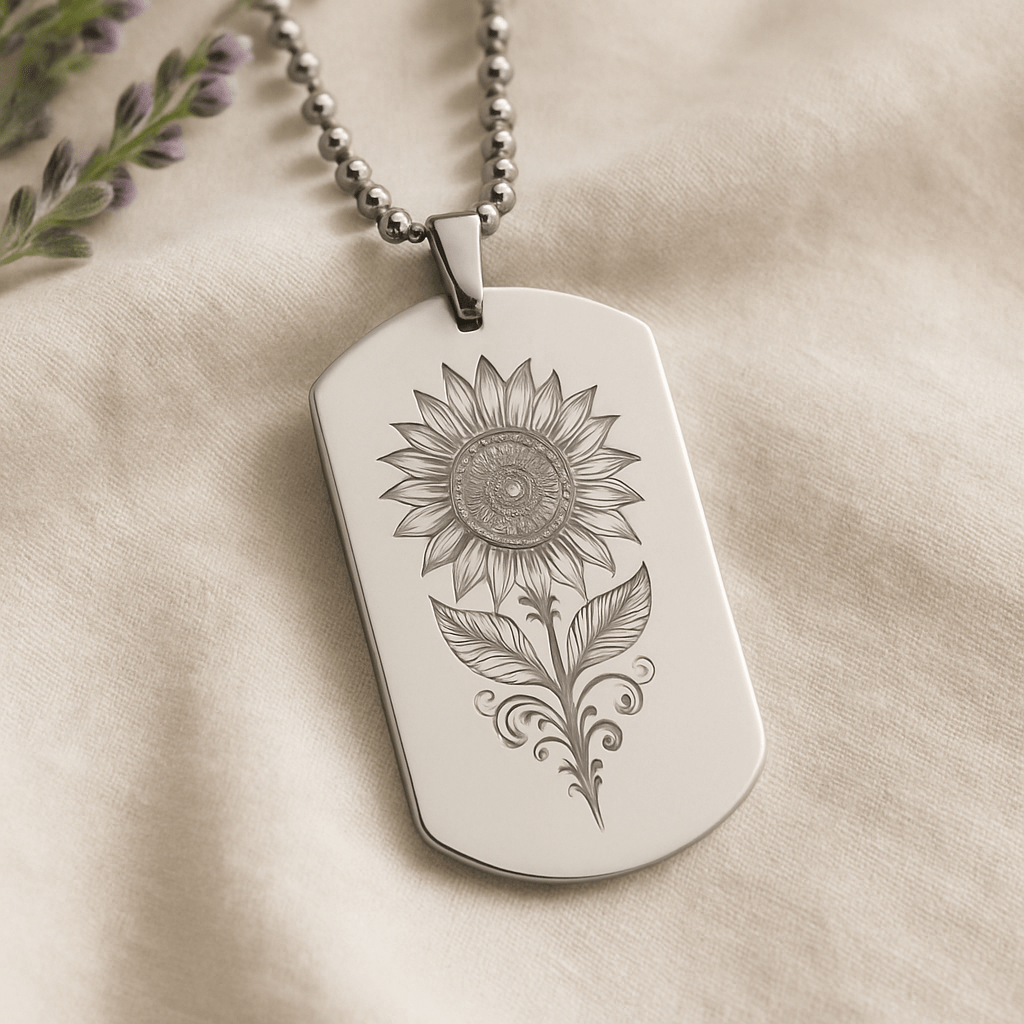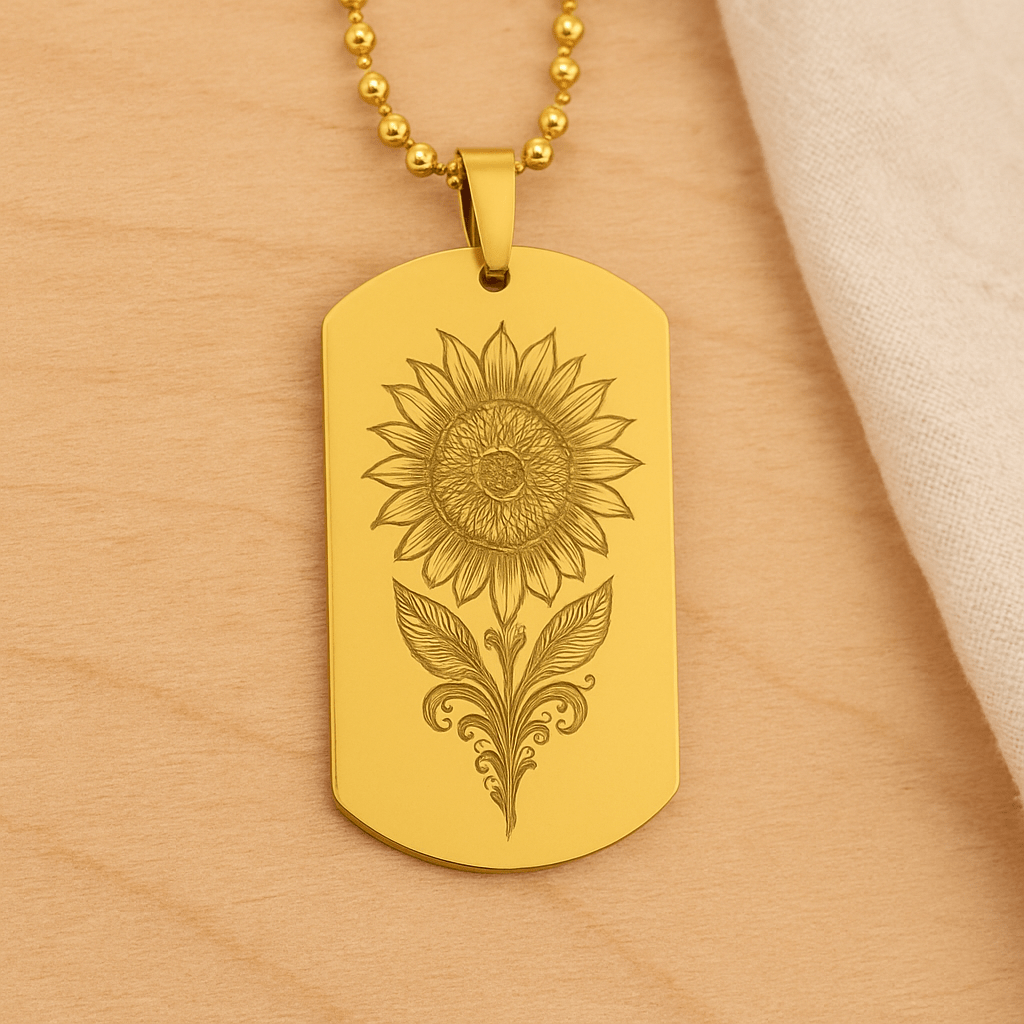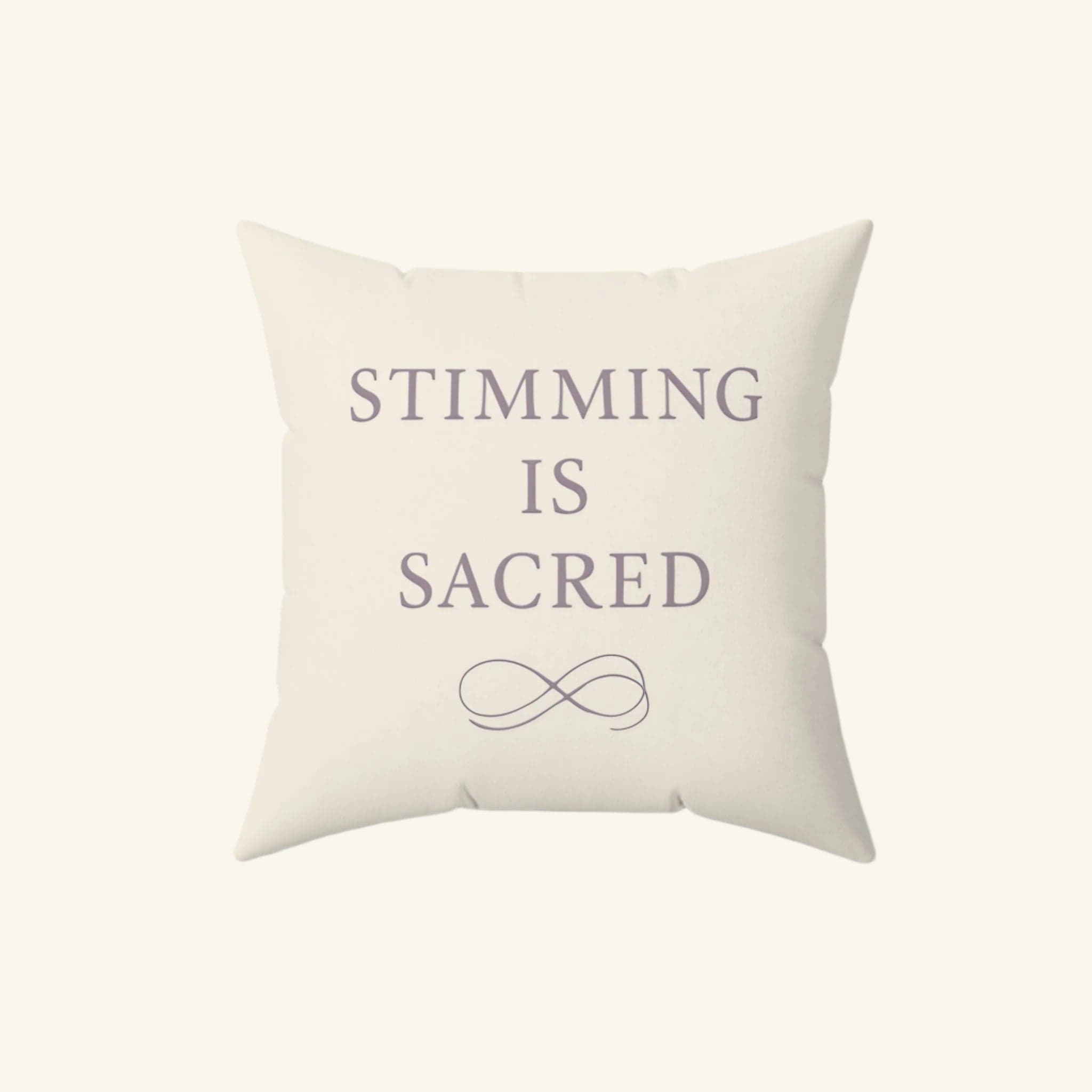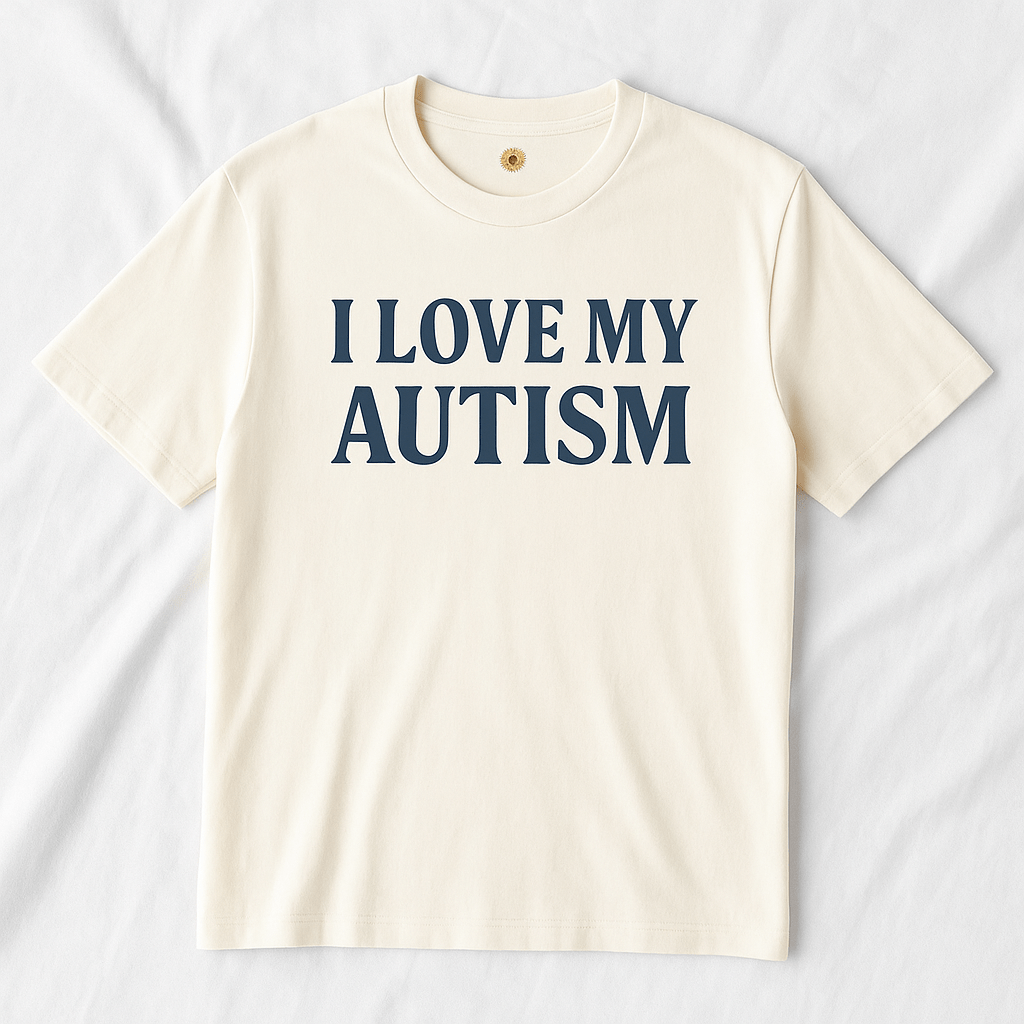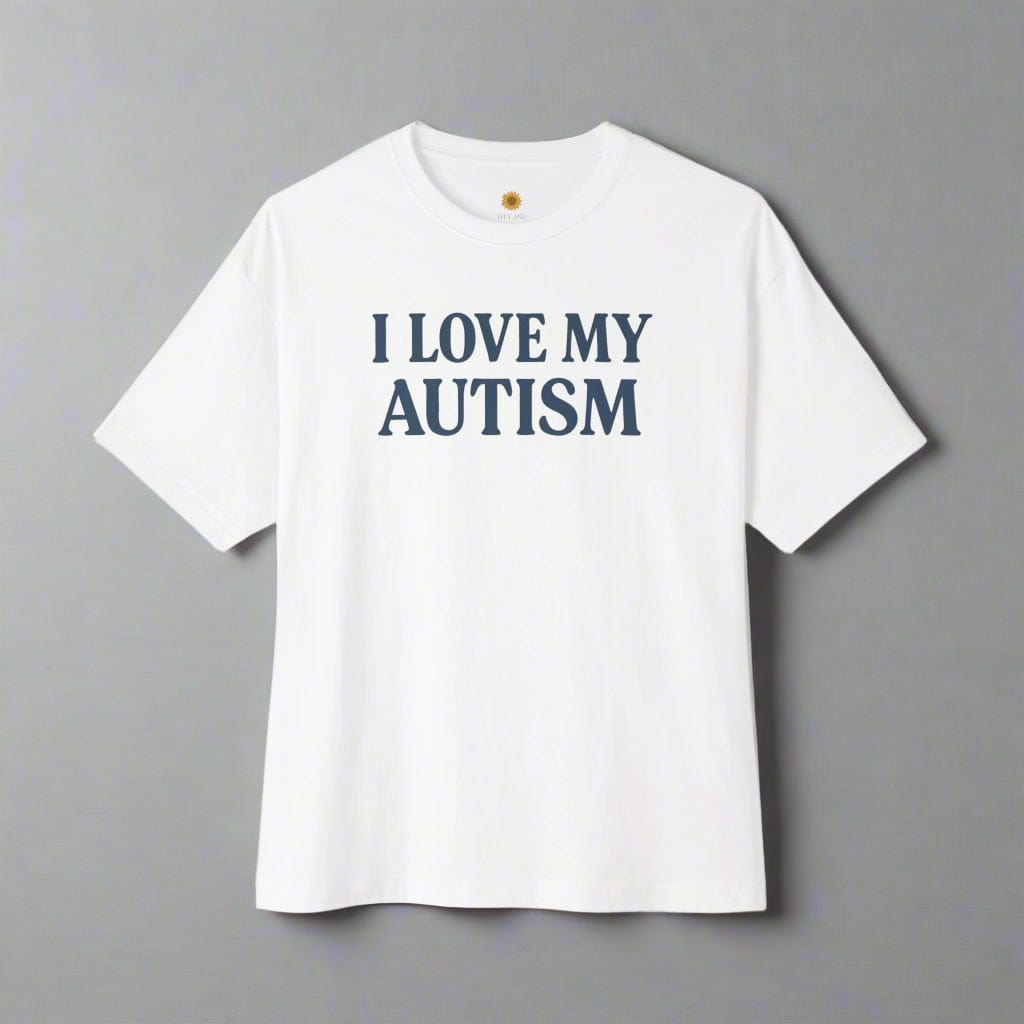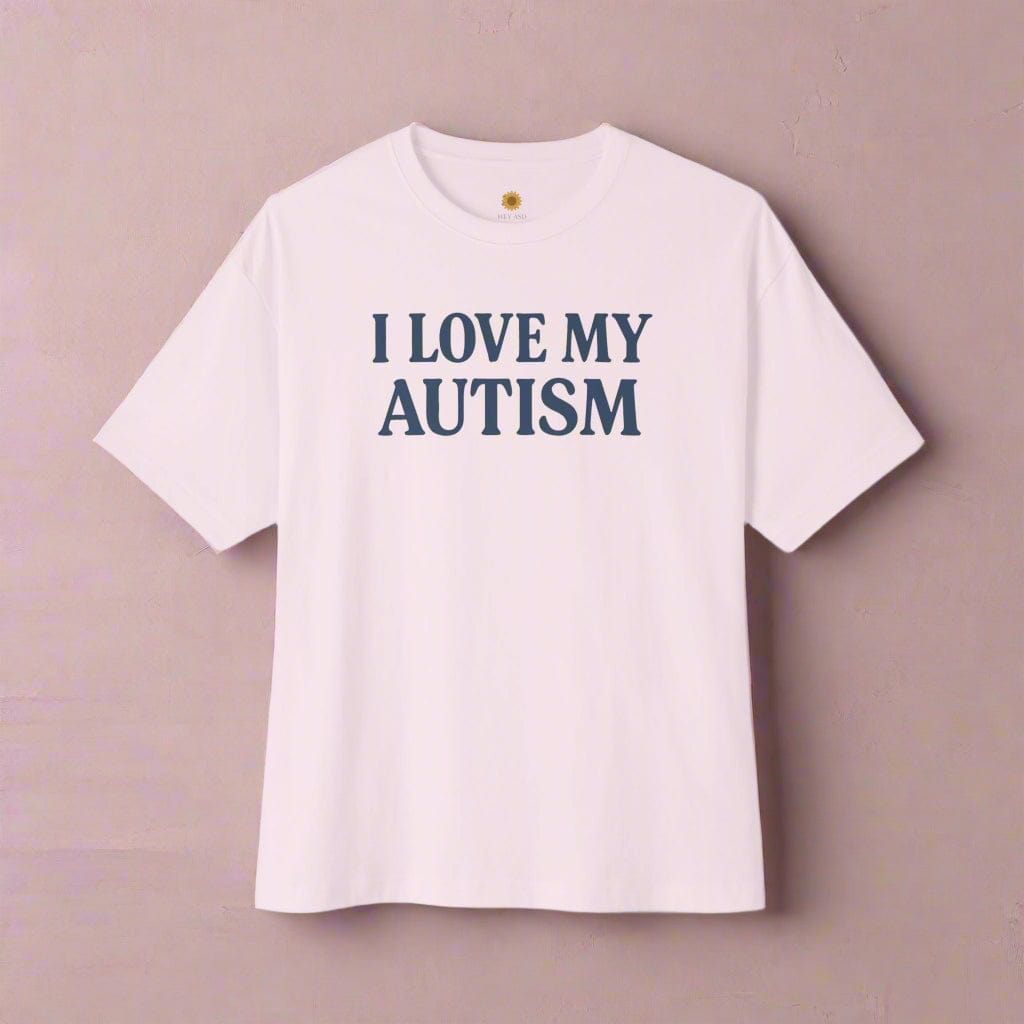Sensory Seeking Activities for Autistic Adults: A Gentle Guide
Sensory seeking isn’t “strange”, it’s a natural part of being autistic. This guide shares supportive sensory seeking activities for autistic adults, helping you meet your needs in ways that feel safe, calming, and affirming.

Written by the HeyASD Editorial Team
As autistic adults, the way we experience the world is often rich, layered, and unique. A big part of this comes from how our senses work. Sometimes our brains naturally seek out more sound, touch, movement, or visual input — not because something is wrong, but because it helps us feel grounded, focused, or soothed. This is called sensory seeking.
Sensory seeking is not a flaw to fix — it’s one of the many ways our bodies care for us. These moments of seeking can bring comfort, calm, and even joy. At HeyASD, we honor every part of your neurodivergent story and want you to feel safe embracing your sensory needs as valid and meaningful.
Key Takeaways
-
Sensory seeking is a way that many autistic adults use to feel better in their bodies and minds.
-
Doing things that give deep pressure or movement can help you with your sensory needs.
-
When you understand your own sensory profile, you start to learn what helps you feel good.
-
You can set up a space at home that supports your sensory needs by using easy tools and simple activities.
-
Sensory seeking is important to who you are as an autistic person, and it can help you feel well. It is not something that needs to be stopped.
-
An occupational therapy professional can help you with advice and support that fits your own sensory journey.
Understanding Sensory Seeking in Autistic Adults
Sensory seeking happens when the brain wants more information. You might feel like you need to move, touch things, or listen to loud music to feel okay. This is one way to get the sensory input your body needs. These sensory seeking behaviors help you feel better and work your best.
For those with sensory processing difficulties, getting the right feel for things can be a tough job. You may feel bored at times. At other times, you feel too much is going on. Knowing about sensory experiences helps us understand this better. It shows what we can do to feel okay again. Up next, we will talk about what sensory processing means to us and how it looks in our day-to-day life.
What Does Sensory Seeking Mean for Us?
For us, sensory seeking means looking for more sensory information. The brain might not feel things as strongly as other people's brains do. Because of that, we go after bigger sensations. This helps us feel present and have better body awareness. Sensory seeking is a big part of sensory seeking autism.
This need for extra input usually links to our proprioceptive system. The proprioceptive system helps us know where the body is in space. When we look for proprioceptive input from things like deep pressure, squeezing, or pushing, there is information sent to our brain. This data helps us feel secure. Some people get a diagnosis of Sensory Processing Disorder. This gives a name to these sensory processing experiences.
Recognizing these behaviors in yourself is important. Do you pace when you think? Do you enjoy a heavy blanket on you? These are examples of sensory seeking. If you see these urges as your body asking for something, not just as a habit, you will feel more in control. This new way of looking at things can help you feel better about yourself.
Common Sensory Seeking Behaviors in Adulthood
Our sensory seeking behaviors are not the same for everyone. Some people need to move all the time. Others want strong flavors or feel certain textures. The way people act is just a way to help get better at sensory processing. It also helps with body awareness. These things they do are all good ways to feel better in their body.
Taking part in sensory experiences can help us feel more calm and able to focus. This is true for autistic adults and also for children. These activities give the input that can help organize the brain when it's busy and help the body feel less restless. This can make it easier to get through day-to-day things, be with people, and do work.
Here are some simple examples that you might see in yourself:
-
You may always move around, shake your legs, or walk back and forth.
-
You may feel like you have to run, dance, or climb things that need lots of energy.
-
You may feel good when you get tight hugs or use heavy blankets.
-
You may like it when you look at things that spin or glow with bright colors.
-
You may have a habit of chewing things like pen caps, your sleeves, or a chewy necklace.
-
You may like foods or smells that stand out and feel strong.
Why Sensory Seeking Matters for Our Wellbeing
Taking care of sensory seeking is important for our health and for us to feel happy. When we meet our sensory needs, we help our sensory systems work better. If we do not listen to these needs, we may feel off, anxious, or find sensory challenges hard to handle. It's a big part of self-care.
An occupational therapy expert can be very helpful in, this, helping you see how you are, and what makes you unique. Let's take a closer look at how these activities can help us manage our feelings, and how they link to who we are.
Self-Regulation and Comfort
Self-regulation is when we control our energy, feelings, and focus. For us, sensory seeking helps with this a lot. When the nervous system feels jittery or the mind feels foggy, the right sensory activity can help bring you, me, or anyone back to a steady place.
The proprioceptive system plays a big part in making people feel good and calm. When you do things that give deep pressure, like wearing a weighted vest or getting a strong hug, it sends calm signals to the brain. This deep pressure input helps put the mind in order and makes anxiety feel less strong. Because of this, it is easier for us to go through the day and feel better about the world.
Meeting sensory needs isn’t only about calming down. It can be about waking up, too. There are some activities that help you feel alert and focused when you feel sluggish. You can work with an occupational therapist to build a "sensory diet." A sensory diet gives you the right input at the right times. This helps with your self-regulation and comfort through the day.
Connection to Neurodivergent Identity
Our sensory experiences are at the heart of who we are, especially for neurodivergent people. For a long time, many of us felt pressure to push down our stims or keep our sensory needs hidden. But when we accept ourselves as sensory seekers, we practice self-love. It is about feeling good about our brains and about how they work. This is what it means to be truly and honestly autistic.
Sensory seeking autistic adults take in sensory information in their own way. This way of doing it is not wrong, just different. When we let ourselves rock, fidget, or snuggle up in a warm blanket, we respect how our minds work. It helps us feel better about ourselves and lets us push away any shame we may feel. Over time, we learn to trust ourselves more and know our needs matter.
Just like using sensory tips early on helps little kids grow well, finding these same ways again when we are grown up helps us feel better and more like ourselves. It shows who we are and what our bodies need so we can feel good every day.
Getting Started: Essentials for Sensory Seeking Activities
Starting your sensory seeking journey can be easy and cost little. You do not need a lot for this. It is all about what works best for you. There get to be many good activities the do not need special items. Many times, you can get started with your own body. You can also use things you already have at home.
The goal is to find ways to get the sensory input you want, but do it in a safe and supportive way. If you feel unsure about how to get started, an occupational therapist can help with tips meant just for you. We will look at how to pick tools and make a safe place where you can explore sensory input.
Choosing the Right Equipment and Resources
The right sensory equipment can help a lot with your daily life. These sensory tools are not just for kids. They are helpful for anyone who needs certain sensory experiences. An occupational therapy expert can tell you what tools to try. You can also test different things to see what feels good to you.
The most important thing is to find the right tool for what you need. For proprioceptive input, the best choice might be a weighted blanket. If you have to fidget so you can concentrate, a set of fidgets is a must-have.
Here are a few ideas for things you can use to help with senses and what they give you:
-
Weighted Blankets/Lap Pads: These give you deep pressure and help you feel calm.
-
Fidget Toys: You can use these to feel with your hands and have a quiet way to let out energy.
-
Balance Boards/Cushions: These help that body feel, and also how you move and feel space.
-
Chewy Jewelry: A safe thing for if you need to chew or have oral sensory needs.
-
Exercise Balls: You can bounce, roll, and feel deep pressure with these.
All of these are good for different sensory needs and help you feel better.
|
Sensory Need |
Recommended Tools |
|---|---|
|
Deep Pressure (Proprioception) |
Weighted blankets, compression clothing, exercise ball |
|
Movement (Vestibular) |
Swing, balance board, scooter board, rocking chair |
|
Touch (Tactile) |
Fidget toys, textured fabrics, sensory bins with sand or rice |
|
Oral |
Chewy necklaces or bracelets, crunchy snacks, flavored straws |
Creating a Safe Environment for Exploration
Making a safe space in your home is important when you want to explore your sensory needs. You can set up a small area just for this, often known as a sensory room. Or, you can keep your favorite sensory items where you can reach them. The main thing is to have a place you can go anytime. This way, you feel free to manage your sensory needs without anyone judging you.
Instead of trying to "tame" sensory seeking, we can help by making places that guide this energy in a positive way. A bean bag chair may look like just a seat to other people, but for us, it can be very useful. It gives a place to rest, and you feel good deep pressure. You can also set up obstacle courses that make you move and do heavy work. All these ideas let you use sensory seeking in ways that feel best for you.
Here’s how you can make your space feel better for the senses:
-
Have a comfortable spot to sit, like a bean bag chair or a few soft cushions, so you can relax or take a break when you want.
-
Keep things like weighted blankets and small fidgets in a basket so they are easy to get to when you need them.
-
Use blackout curtains or a dimmer switch to help control how much light is in the room. This helps with what you see and feel.
-
Make sure there is plenty of space in the room. This way, you can move, stretch, or dance when you feel like it.
Step-by-Step Guide to Trying Sensory Seeking Activities
Ready to begin your sensory seeking journey? You can start by following a few easy steps. The main thing is to listen to your body. Be aware of what you feel, and make choices that feel right. Let yourself try new things and see what works for you. There is no set way to move forward. This is about finding what makes you feel good and helps you feel your best.
By using these steps, you can start to make your own set of activities to help with your sensory challenges. You can try things like deep pressure or movement. These can help support your sensory systems.
Step 1: Notice Your Sensory Needs
The first thing you need to do is to build self-awareness. Begin to notice what your body tells you during the day. When do you feel jumpy, unable to focus, or like there is too much happening? Think about what you want during those times. Your body is sending you useful sensory information.
Building awareness of your sensory needs takes practice. You can start by keeping a small journal. Write down things you notice about what you feel. For example, "I felt bad at staying focused in my meeting. I found myself clicking my pen a lot. Maybe I need a quieter fidget." Doing this helps you know more about your sensory processing needs.
Noticing how you feel is the start to finding sensory activities that actually work for you. The way you pay attention to what you feel, the way you would notice things about a child, helps you figure out what you need next. When you know these things about yourself, you can do something before a problem comes up. This is what helps you focus and keep yourself steady.
Step 2: Select Activities That Feel Good
When you start to see what you need, you can pick sensory activities that fit you. If you feel slow and can not focus, try something that wakes you up. If you feel worried and feel there is too much on your mind, choose something that cools you down.
There are many sensory experiences that you can try. A lot of these are easy indoor activities. Think about the kind of sensory input you want now. Do you feel like you need pressure, movement, or maybe want to feel a certain texture? Let your feelings and thoughts lead you. The main thing is to look for things that feel good and help you feel better with your sensory processing.
Here are some examples where you match the activity to the need:
-
Need to move: Get up and walk. You can dance right in your living room. Doing jumping jacks helps too.
-
Need deep pressure input: Use a weighted blanket for comfort. Give yourself a good, firm hug. You can do some heavy work, like carrying groceries.
-
Need to fidget: Try a fidget spinner. Putty works, or you can use something with texture.
-
Need quiet: Put on noise-canceling headphones. Listening to calming music can help, too.
Step 3: Experiment Safely and Respect Boundaries
As you try new things, it is important to keep your safety in mind. Listen to your body and know what feels right for you. Stay within your own limits. A type of sensory input that helps someone else may not feel good for you, and that is fine. Take your time. Start slow with any new kinds of sensory input.
Giving kids heavy work or any strong feeling activities in a safe way is about knowing what you are doing and making sure you control it. For example, when you pick up something that is heavy, you should keep your body safe by using the right way to lift. If you are playing on a swing, always make sure the swing is put in right and will not fall. If you feel dizzy, too tired, or not right in any way, stop what you are doing. An occupational therapist can help you learn how to try these heavy work activities in a safe way.
Remember these key points for safe experimentation:
-
Listen to your body: Do not keep going if what you are doing hurts or feels wrong. Stop right away if it is too much for you.
-
Start small: Try doing something new for a few minutes. See how you feel before doing more.
-
You are in control: You can always say "no" or "stop" when you need to. You have this right, even if it is just yourself.
Movement-Based Sensory Seeking Activities
Movement-based activities help to engage two key sensory systems in the body. The vestibular sense helps with balance and motion. The proprioceptive system supports body awareness. These types of activities often ask people to do “heavy work.” Heavy work is when you push, pull, or carry something. This gives deep proprioceptive input to your body and can be very helpful for your sensory systems.
This mix of movement and pressure can really help our brains feel calm and ready to work. Let's see a few easy ways you can add these activities to your day.
Rocking, Dancing, and Stretching
You do not need any special tools to feel the good effects of moving your body. Doing easy things like rocking, dancing, and stretching can help give your body strong vestibular input. These activities also work with your proprioceptive system. The best part is that you can do these things anywhere and at any time.
Dancing to music you love is a good way for your whole body to feel and move. You can try playing a "freeze dance" game by yourself. Move a lot while the song plays, then stop when the music does. This can help you to be better at staying calm and control how your body moves.
Here are some easy, no-equipment ideas:
-
Rocking: Use a rocking chair or sit on the floor and gently rock back and forth. This can help you feel good.
-
Stretching: Try some yoga or just stretch out your arms and legs. Pay attention to the way your muscles feel when you do this.
-
Dancing: Turn on a song you like and move your body any way you want to. You can make it as fun as you like.
-
Wall Pushes: Stand so you face a wall. Put your hands on the wall and push. This is a good way to get feedback for your body.
Using Weighted Blankets and Body Pressure
Deep pressure is one of the best ways to feel calm for many autistic adults. It helps slow down a busy brain and makes the nervous system feel less worried. This is why activities that give deep pressure input are very helpful for both autistic adults and children. Deep pressure and sensory input work together to help many people feel good.
Weighted blankets are used by many people for this reason. The steady, light pressure from the blanket feels like a warm hug and helps you feel calm. You can get a sensory blanket that looks nice in your home, and it can show your autism pride in a comfy way. This deep pressure is good for sensory needs and helps you relax.
You can feel deep pressure even if you do not have any special tools. Try wrapping the blanket around you tightly. Stack pillows on top to make a "pillow sandwich." You can also ask someone you trust to give you a strong hug. If you want help with how much weight or pressure to use, an occupational therapy expert can guide you.
Touch and Texture Exploration
For many people, touch is a strong way to feel calm and steady. Some of us want to feel different textures, or we feel better when we hold something in our hands. This is how we use touch for sensory processing. This way of exploring what things feel like helps us feel good, and it is important for managing how we take in what is around us.
Letting yourself feel different kinds of things with your hands or skin can help you feel calm or wake you up. It depends on what you need at the time. Here are some ways you can try the sense of touch. You can try small things to fidget with or feel soft, cozy fabrics.
Fidgets and Sensory Tools
Fidgets and small sensory tools are good for getting sensory input for your hands without anyone noticing. You can use them to help you stay focused during meetings. They also help you feel calm when things get stressful. Sometimes, they are just good to keep your hands busy. There are many types of fidgets, so you can find one that feel right for you and gives the sensory input you want.
These tools are more than toys. They are real sensory aids. When you sit on an air cushion, it gives you light movement and pressure. A stress ball lets you squeeze something. This type of sensory seeking helps you feel better and stay calm.
Here are a few popular types of fidgets:
-
Spinners and Cubes: These let you do the same movement again and again. It can feel very calming for people who need sensory input.
-
Putty or Slime: You can squeeze and stretch them. They feel soft and tough in your hand, which helps build hand strength and give sensory input.
-
Textured Tangles or Spiky Rings: You get lots of surfaces to feel with your fingers. This is good for adding sensory input.
Textured Fabrics, Blankets, and Wearables
Your sensory experiences with touch are not just about fidgets. The clothes that you put on, the blankets that feel soft, and the lotions you use are also part of your sensory experiences. You do not need special things for most of these.
Pay attention to the feel of the fabrics you wear on your skin. Some people like the smooth feel of silk, while others prefer the heavy feel of corduroy. When you choose soft autism t-shirts, comfortable autism hats, or seamless socks, you may feel better all day. A favorite soft blanket can also help calm you down when you need it.
You can try new textures with messy play, and it’s not only for kids. You might play with clay, feel a textured body lotion on your skin, or squeeze shaving cream or dough in your hands. These sensory experiences feel great, are easy to do, and most people can use what they have at home. They are good for any age and can make you feel calm and happy.
Conclusion
To sum up, it's important to see sensory seeking as a normal part of who we are. It helps us feel good, stay balanced, and feel close to our neurodivergent selves. When we try different sensory activities, like moving or touching things, we can build safe places that fit our wants and needs. This is nothing to feel bad about. Sensory seeking is a big part of us. If you want special ways to make your experience better, you can talk to us. Reach out today for a free talk with our team and begin your path to a more enjoyable sensory seeking journey.












